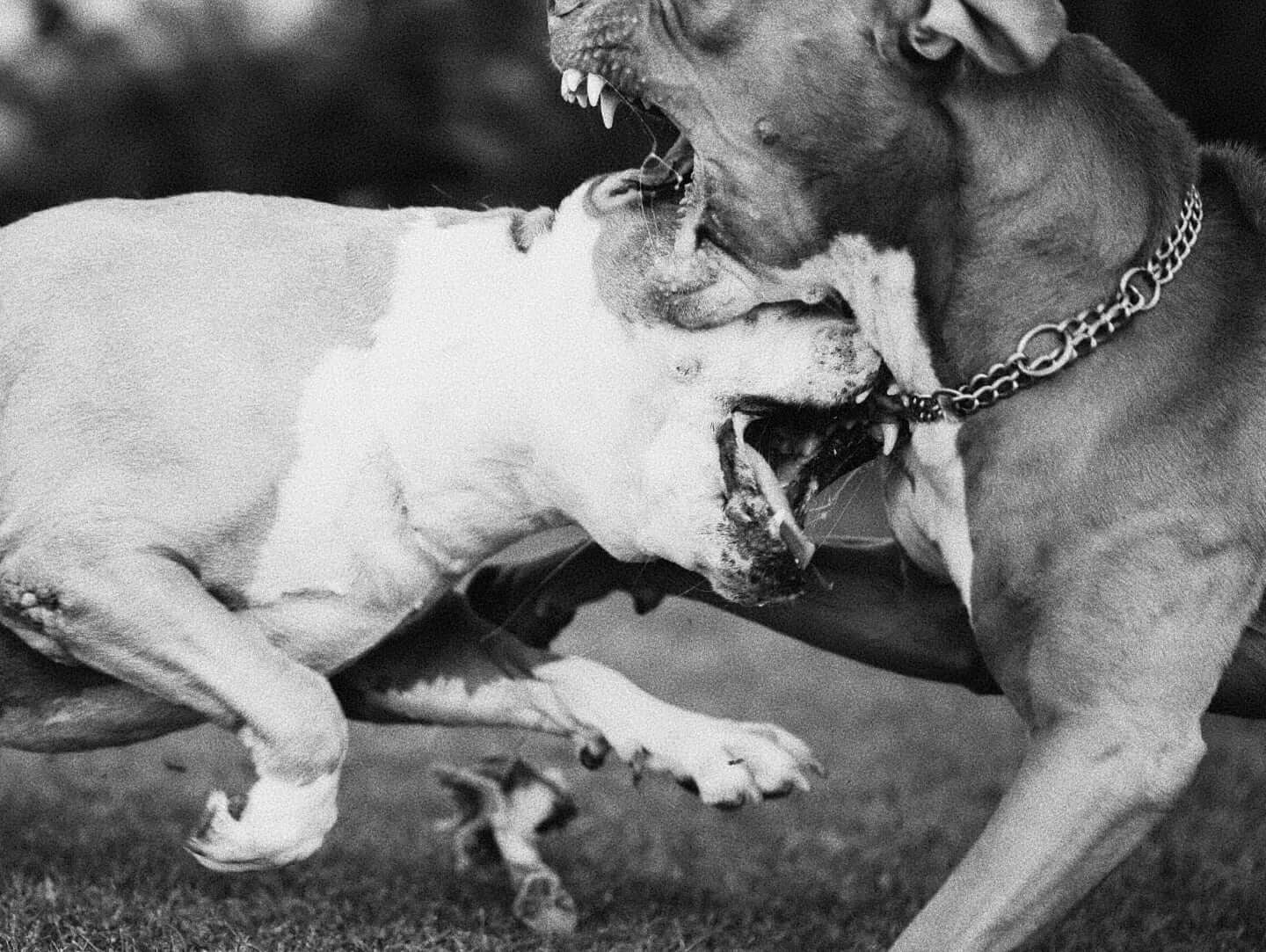
How do we make working with designers not suck?
There is this weird situation where a lot of designers feel the need to “defend” their work from the stakeholders. To me, this is the first indicator that they are working in isolation. This means that they tend to retreat to a “safe place” in order to ”focus” which means they want to work in isolation. What follows this process is a big reveal of the results of their work.
This is the worst way to design digital products.
If the designer works in isolation, they effectively need to dig their heels into the ground and take a stand to defend their design decisions and the grounds they were made on—no matter how imaginary they might be.
This means they are in conflict with the stakeholder from the get-go, because the stakeholder might have a different opinion about how the problem should be solved based on their beliefs, or evidence.
How do we make this a better experience for all involved?
There has been a lot of talk about including the stakeholders in the process, but for the majority of designers this means simply bugging them to make a decision every other day. Again, conflict lies in the fact that the designer has made something, and is asking the stakeholder to give it their thumbs up or down.
Including stakeholders in the design process does not mean inviting them to make decisions for you.
I remember reading all these articles about the “iterative design process” where designers and stakeholders collaborate on the work. It never made any sense to me, how can clients design, when they are not designers?
Until it kind of started to make sense after a lot of trial and error (I had no one to learn this from).
What stakeholder inclusion in the design process actually means is taking them through the work you did, explaining your thought process, and the reasons behind the decisions you made, and the potential of the new ideas you had. Then you have a conversation about it all, and they feel included, they feel safe, and they are now in a position to make the business decisions that they need to make. More importantly, they now trust you to make design decisions because you’ve convinced them that you are an expert, a professional.
What’s really amazing is that now they can also influence your work based off of their newfound understanding of your work, so your work gets better for free.
Designing things in isolation is like playing the lottery: you do your work and hope for the best. I can not accept this as a professionally facilitated and executed design process.
As designers we need to remember that:
- Our clients aren't designers. They don't know how this works, and they should be told what to do, and what to expect, by us designers.
- Most of us can't wing it, we need a process. A formal design process which you are able to explain to the stakeholders, and you stick to it. Highlight how your estimates are made, give them your confidence level for certain areas of the project, help them understand how you got to the numbers you presented. Break the spell. Lift the curtain of off what it is that you do.
- Establish a clear boundary between your respective areas of expertise. You are the expert in design, so you should do the necessary work to get to a position where you are trusted to make decisions within that area. Same goes for them, and this requires trust.
- Gain trust by speaking their language. Stakeholders will try to butt-in—because they care, and don’t trust you, yet—and you need to understand that they are trying to speak a language they don't know. Help them communicate to you what they think is wrong by helping them through their barrier of communication.
- Understand that 90% of design is discourse. There's no better research than talking to people, be it stakeholders, users, or other team members. Discourse leads us realizations, and perhaps even more importantly builds trust.
What's this?
You are reading his blog.